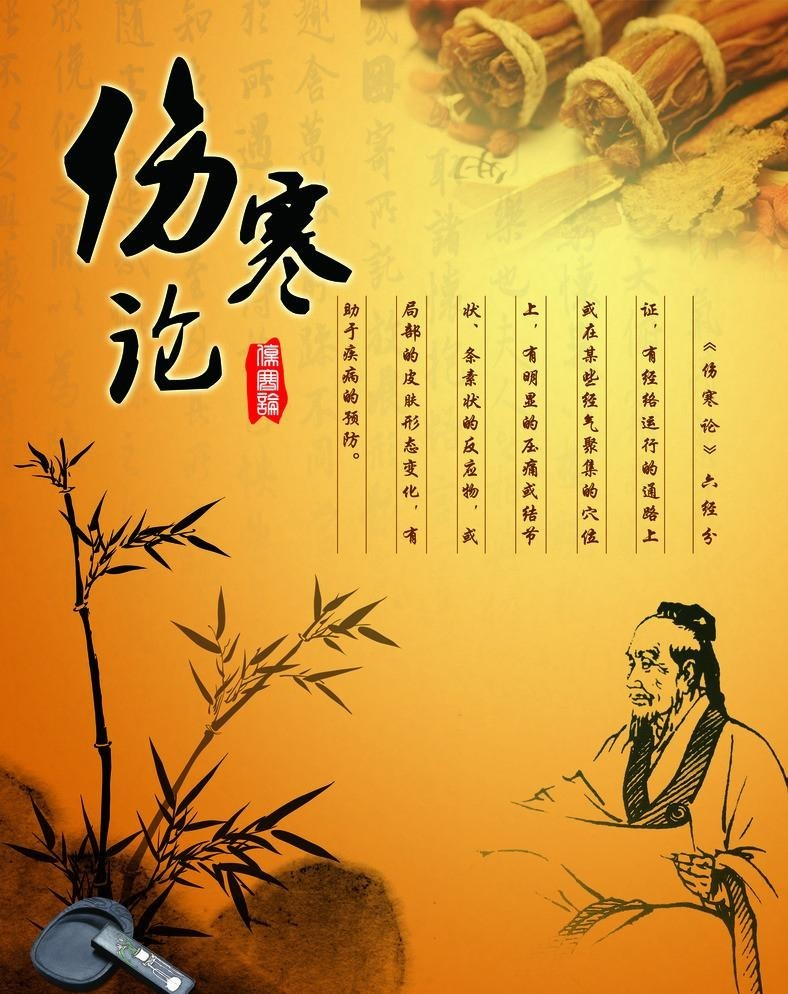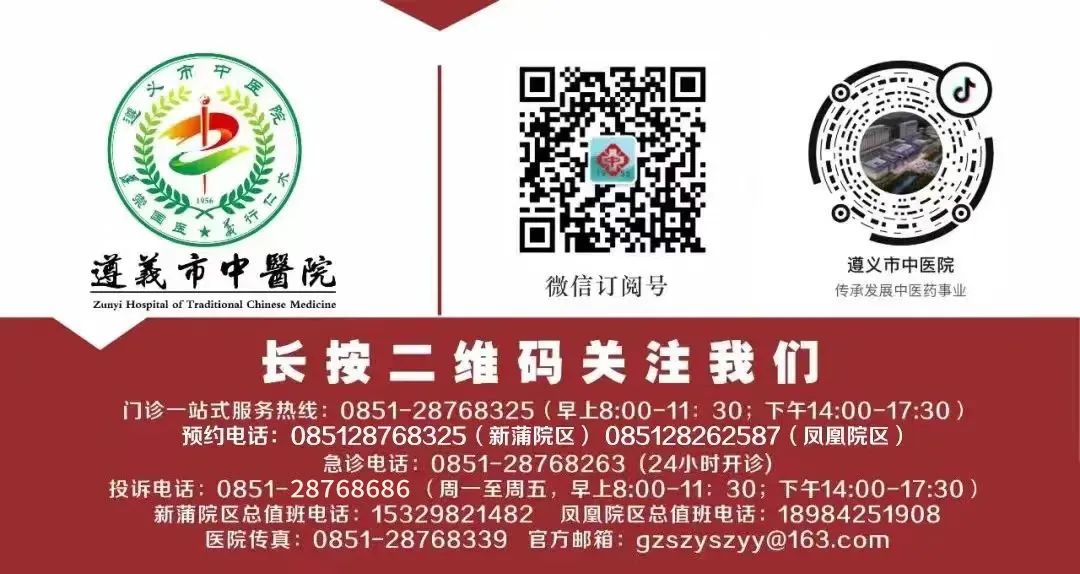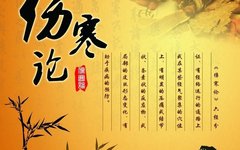
The “Treatise on Cold Damage” (Shang Han Lun) originates from the Eastern Han Dynasty, authored by Zhang Ji (also known as Zhong Jing). This text is selected from the Ming Dynasty edition of “Zhong Jing’s Complete Works – Reprinted Song Version of Treatise on Cold Damage” by Zhao Kai Mei. The numbered sections following the original text were added by later medical scholars for ease of study, following the order of the original text. A total of 195 sections are selected, of which 110 must be memorized and 85 must be thoroughly read.The accompanying formulas and verses reference the “Song of Decoction Head” (Tang Tou Ge Jue), “Changsha Formula Song” (Changsha Fang Ge Kua), and some “Lectures on Formulas” (Fang Ji Xue Jiang Yi), with certain phrases modified for ease of recitation.



Treatise on Cold Damage
Gui Zhi Decoction (桂枝汤)
In cases of Tai Yang disease, if after taking Gui Zhi Decoction, the patient experiences increased agitation and does not improve, one should first needle Feng Chi (风池)① and Feng Fu (风府)②, and then administer Gui Zhi Decoction for recovery. (24)
【Term Explanation】① Feng Chi: A point on the Gallbladder meridian located in the depression between the mastoid process and the occipital bone, at the junction of the trapezius and sternocleidomastoid muscles.② Feng Fu: A point on the Governing Vessel located one inch into the hairline at the back of the neck, between the occipital bone and the first cervical vertebra.【Analysis】Section 24 discusses a situation where after taking Gui Zhi Decoction for Tai Yang disease, the patient does not improve but instead experiences increased agitation. This raises the question of whether a transformation has occurred or if the medication is inappropriate. Upon careful analysis, aside from the increased agitation, other symptoms such as fever, sweating, aversion to wind, headache, and a floating and relaxed pulse are present, indicating that no transformation has occurred and the treatment method is not incorrect. The reason for the increased agitation is due to a stronger invasion of wind evil in the Tai Yang stage. After taking Gui Zhi Decoction, the righteous qi is supported by the medicinal properties, attempting to expel the evil outward, but the strength is still insufficient, leading to a struggle between the righteous and the evil qi, resulting in stagnation of yang. The treatment method should first involve needling Feng Chi and Feng Fu to open the meridians and expel the wind evil, followed by taking Gui Zhi Decoction to release the muscle layer and dispel wind, harmonizing the nutritive and defensive qi. The combined effect of acupuncture and herbs will enhance the expulsion of evil, promoting quicker recovery from the illness. This aligns with the method described in the “Su Wen – Discussion on Heat Diseases” which states, “Needle both exterior and interior, and administer decoctions.”

Editor: Liu Yan Ning
First Review: Xiang Wei
Second Review: Liu Yi Wei
Third Review: Wang Qi Xian


